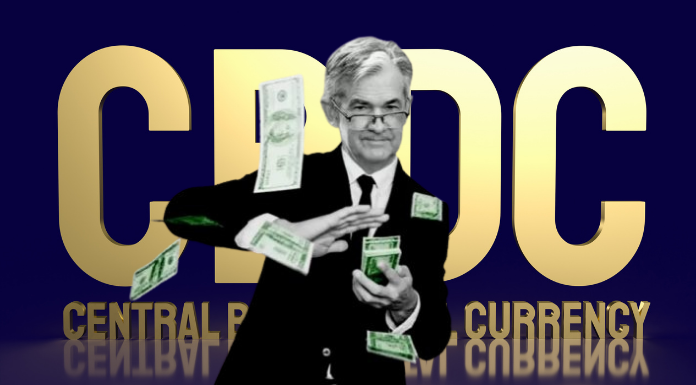
Federal Reserve Chairman Jerome Powell appeared before lawmakers Tuesday to defend his position as head of the central bank and answer questions about what is next for monetary policy as inflation rages on.

Following a series of remarks about central bank digital currencies (CBDCs) and a Fed digital dollar, Powell announced during his confirmation hearing Tuesday that digital asset industry members and lawmakers can expect a report on digital currencies in the coming weeks. Powell first mentioned the report in July 2021 with an original release date set for September.
Senate Banking Committee top Republican Sen. Pat Toomey questioned whether a Fed digital dollar would be able to exist alongside a “well-regulated, privately issued stablecoin.” Powell, who previously argued that a CBDC would render private stablecoins obsolete, assured Sen. Toomey that the two are not mutually exclusive.

Inflation woes rage on
On the eve of the release of the latest Consumer Price Index (CPI) report, Powell doubled down on his insistence that inflation is driven by prolonged supply chain pressures and a lagging labor market.
“There is a mismatch between demand and supply, we have very strong demand in areas where supply is constrained, particularly around goods, particularly around things like cars,” Powell said. “We think part of [the solution] will be the return of a greater supply.”
Central bank leaders had anticipated a faster return to the workforce and no one predicted that supply chain issues and bottlenecks would persist as long as they have, Powell said.
Markets largely rallied on Powell’s comments with the tech-heavy Nasdaq Composite rising as much as 1.16%. Bitcoin and ethereum also rose from recent slumps, up 3% and 5%, respectively. But the current economic situation leaves the long-term outlook uncertain, analysts warn.
Powell did not mention a set timeline for rate hikes, but forecasts predict that increases will be coming soon. Goldman Sachs’ latest outlook anticipates four rate hikes this year and Oanda expects an 85% chance that the first increase will come in March. The future of risk assets, analysts say, depends on when and how much rates are raised.
“Risk appetite returned on Wall Street after Powell signaled he expects the Fed to begin normalizing policy this year, but that a decision on balance sheet reduction could take up to four meetings,” Edward Moya, senior market analyst at Oanda, wrote in a recent note. “The path of inflation may drive quicker rate hikes and a sooner start to shrinking the balance sheet and that could be bearish short-term for risk assets such as cryptos, but equities will likely feel more pain.”







